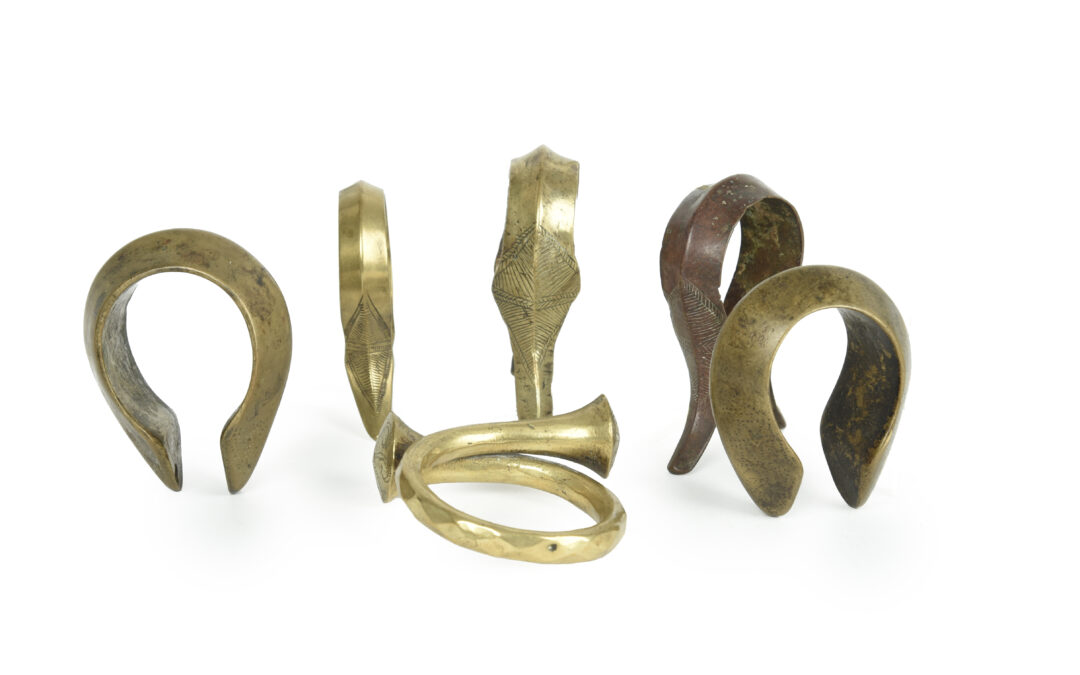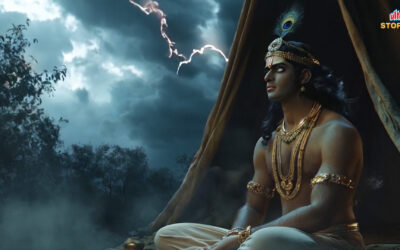UK. FEBRUARY, 2025. A large, vibrant Naga woman’s necklace with graduated carnelian beads, bone spacers and brass bell pendants in contrasting colours, from a collection of jewellery from the private collection of celebrated art publisher and artist Hansjorg Mayer (b.1943), sold at an auction yesterday for five times its estimate – achieving £8,820 against an estimate of £1,500-£2,000 (lot 35) at Woolley & Wallis. The necklace was one of a large range of Jewellery from the North Eastern Indian region of Nagaland, which proved very popular and saw competitive bidding from around the globe. This unique jewellery collection was amassed over a period of 50 years, with many of its designs inspiring contemporary pieces today. The collection offered Jewellery lovers the opportunity to obtain rare one-off pieces made by the artisans of this little-known region.
The word ‘Naga’ derives from the Burmese word ‘Naka’, meaning people with earrings. The Nagas practiced exceptional jewellery-making skills for both men and women. Each ancient tribe in Nagaland had a different style of jewellery that would help identify them. Their Jewellery bore symbols and motifs that had a deeper meaning, for example the head is shown in many pieces, with the belief that the head holds all spiritual divinity in a body.

Mayer told us: “There was little known about Nagaland and its indigenous people in the 1970’s when I began collecting. A state in India’s northeast region, it is remotely situated among the hills and mountains bordering Myanmar to the east, Arunachal Pradesh to the north, Manipur to the south and Assam to the west. Not only was it difficult to get to, due to the terrain, but it was also difficult politically and therefore impossible to obtain travel documents for, so I disappointingly never got to go and see anything first-hand, even though I tried.”
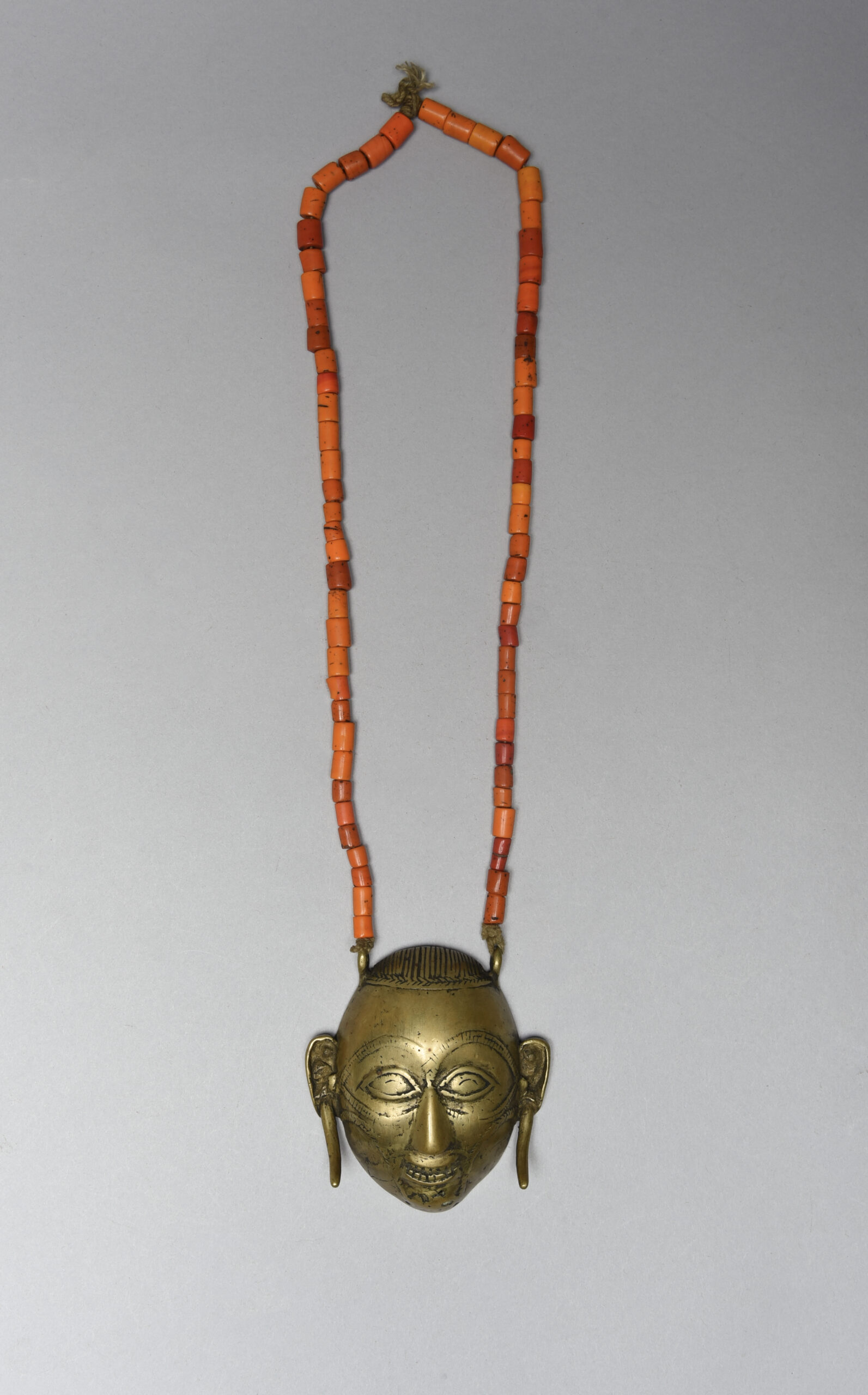
Mayer tells us that he would search for original pieces with full provenance from antiques dealers and auction houses around the world, as well as directly from some of the Naga people who would travel out of their region to trade in India. He says having treasured his pieces for over 50 years it is now time to pass his collection on to others, that will hopefully appreciate them as much as he has.”
Jewellery worn by men in Nagaland, was influenced by their warrior traditions and therefore incorporated weapon motifs and animal parts such as teeth and feathers, while the women’s pieces were designed predominantly to be decorative. Nagas used a range of natural materials available in the hilly regions of the Indian northeast to create their jewellery, including coral, conch shells, carnelian and glass beads. The ancient Naga tribes believed that each individual’s jewellery was inextricably bound to them and on the person’s death their most regularly worn piece was buried with them to go in their journey beyond life.
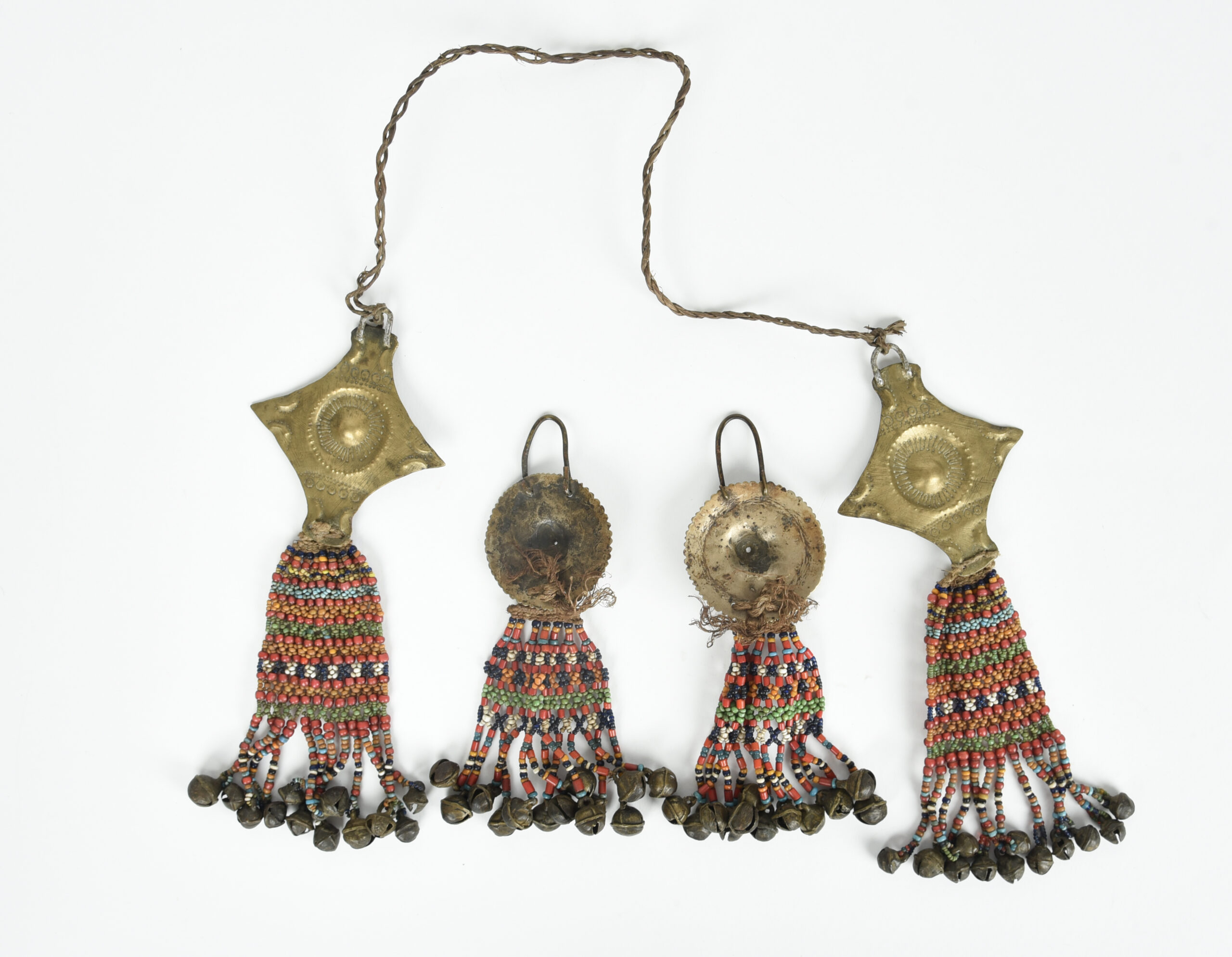
The jewellery collection in the sale spanned highly decorative beaded necklaces in vibrant colours, as well as head and body ornaments. Some jewellery was created to show a person’s status and wealth, and some was specially made for certain ceremonies, festivities and celebrations. Skilled craftspeople in their own right, the Naga people created jewellery with rudimentary tools, that was often elaborate, patterned and in contrasting textures and colours.
The collection contained several different styles of Naga armbands, including a set of six brass versions featuring various decorative elements, which sold for £1,764 against an estimate of £150-£250 (lot 77).
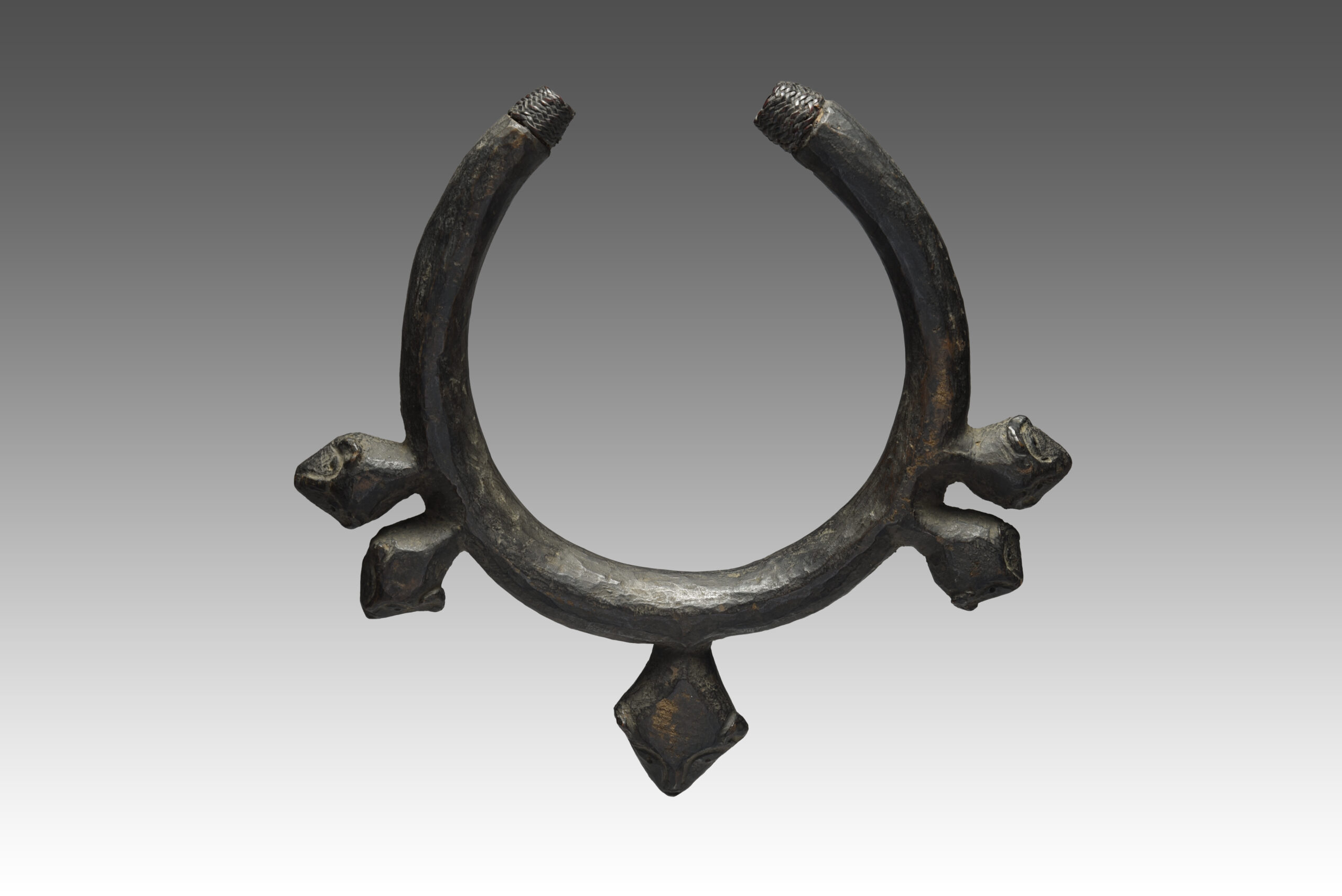
A carved wood carved wood Naga warrior’s torque featuring a head motif was one of several in the sale, but there was a clear winner, with furtive bidding for lot 73, which sold for 25 times its estimate – realising £2,520 against an estimate of £100-£200. The word ‘torque’ originates from the Latin word for ‘twist’, referring to the twist of the metal to make a circular neck ring. Usually open at the front they are typically made from a single piece of metal, or multiple twisted strands and the more elaborate they were, the higher the status among the warriors.
Two pairs of Naga ear ornaments comprised of brass, coloured glass beads and bell pendants sold for over six times their estimate – achieving £1,008 against an estimate of £150-£250 (lot72). A Naga head chest ornament in brass with scarifications and tusk-like ear ornaments and orange and red glass beads was highly sought-after, selling for £2,016 against an estimate of £300-£500 (lot 107).


